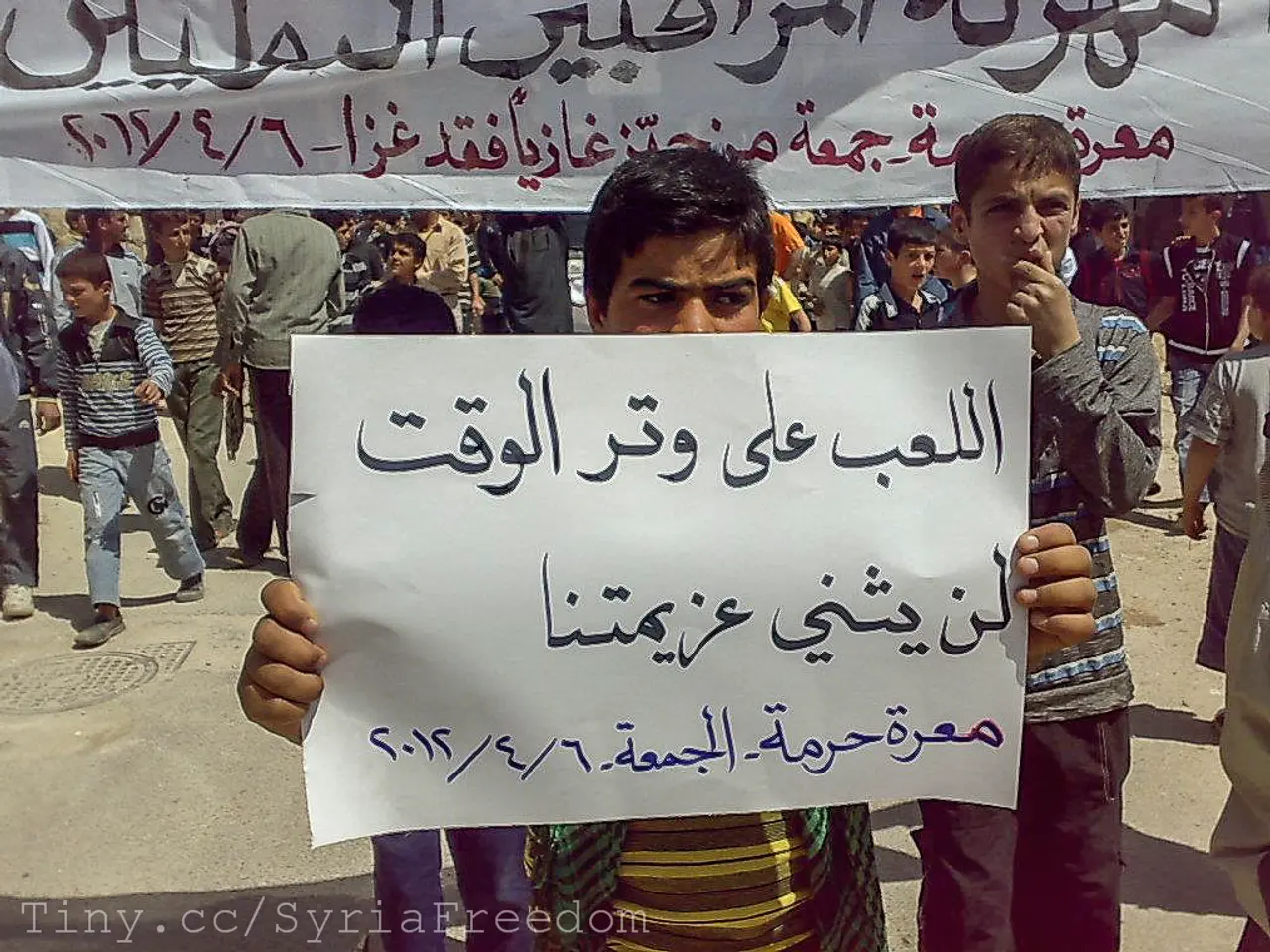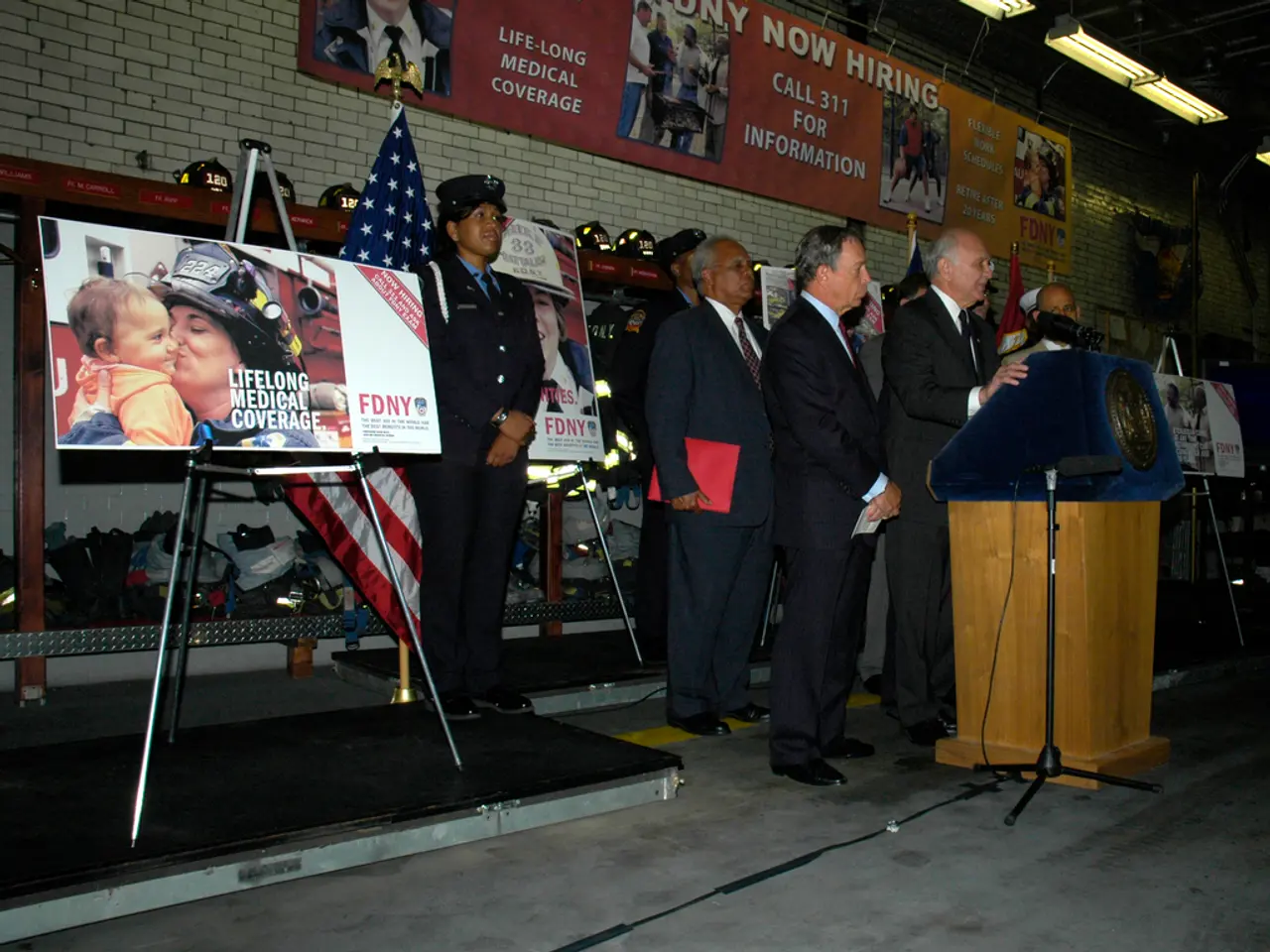Greetings from Kuala Lumpur!
The General Border Committee (GBC) has set a 13-point ceasefire implementation plan in motion, aiming to restore peace and stability along the shared border of Thailand and Cambodia, following a formal agreement signed on August 7, 2025 [2]. This agreement comes after an earlier unconditional ceasefire, brokered on July 28, 2025, which ended days of clashes that resulted in casualties and significant displacement [2][4].
However, challenges persist. Both countries maintain a military presence near the border, and nationalist rhetoric continues to fuel tensions [1][5]. Reports suggest that Cambodian troops allegedly continued some military actions, while Thailand claimed to have halted all hostilities, indicating difficulties in fully implementing the ceasefire on the ground [4].
The Regional Border Committee (RBC), responsible for implementing the policies agreed upon by the GBC, relies on the agreement of military leaders from both sides on the framework set by the GBC [4]. The effectiveness of the RBC will become clearer in two weeks when the RBC meeting is held.
In the meantime, a Temporary Observer Team (IOT) from Malaysia has been tasked with monitoring the ceasefire [5]. International actors, including ASEAN, Malaysia (as chair), and external players like Australia and previously the US, have played critical roles in facilitating dialogue and urging both countries to honor their commitments under international law [3].
The future of this conflict is fraught with challenges. Ensuring the full and effective implementation of the ceasefire terms, managing nationalistic sentiments and political ambitions, sustaining diplomatic and regional efforts, and resolving deep-rooted border demarcation issues are all critical to achieving lasting peace [1][4].
Despite the ongoing risks, the ceasefire marks a significant political step towards de-escalation of war between Thailand and Cambodia. ASEAN will need to closely follow up on the progress of the situation.
References: 1. Thailand-Cambodia border conflict: ASEAN urged to intervene 2. Thailand and Cambodia sign ceasefire agreement 3. ASEAN steps up role in Thailand-Cambodia border dispute 4. Thailand-Cambodia border dispute: Ceasefire not holding, say sources 5. Malaysia to send observer team to Thailand-Cambodia border
- The international community, including ASEAN, Malaysia, Australia, and potentially others, have become deeply involved in the political realm of Thailand and Cambodia, actively encouraging both parties to abide by international law and reaffirming their commitment to resolving the ongoing border dispute.
- The general news landscape has been consistently focused on the war-and-conflicts between Thailand and Cambodia, reporting on the challenges faced in fully implementing ceasefires, the influence of nationalist rhetoric on tensions, and the efforts of international actors to maintain peace within this tumultuous region.







